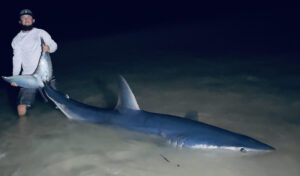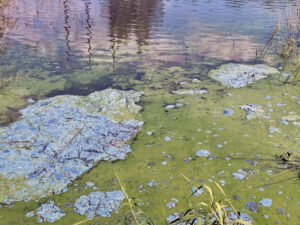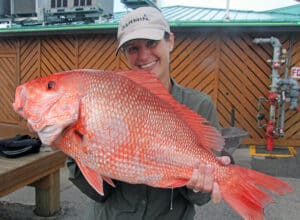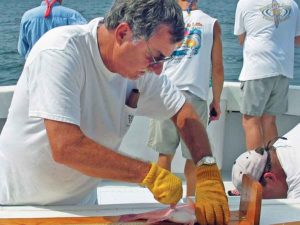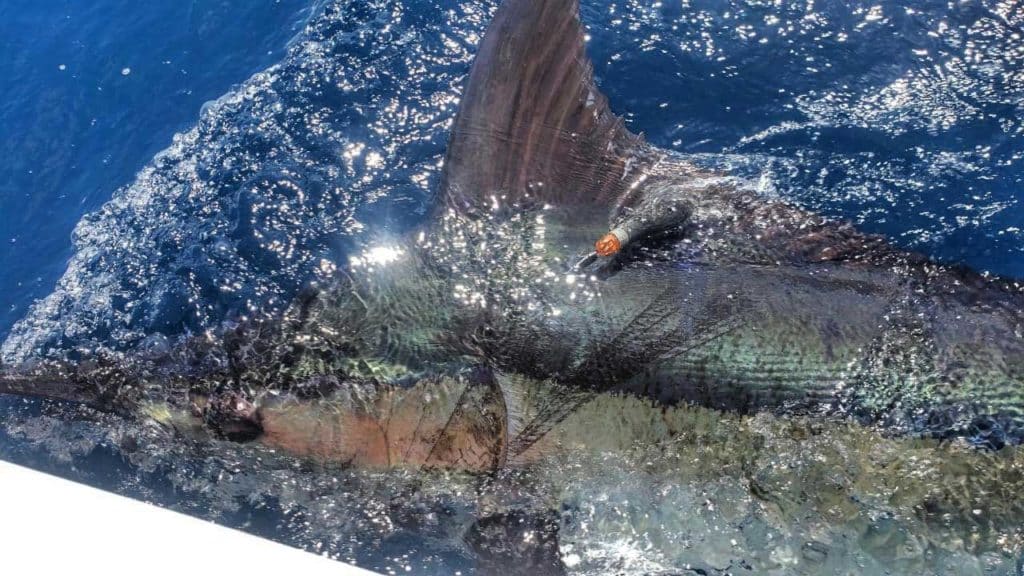
During the heart of southern Costa Rica’s rainy season, a team from Stanford University recently traveled to Zancudo as part of their billfish satellite tagging project, Project DynaMAR (Dynamic Marine Animal Research). Its goals are to better understand the movement and migrations of blue marlin and sailfish and how those movements are related to environmental and climate variables in the Central American Pacific Ocean. By better understanding environmental preferences and distribution patterns of these fish species, the team hopes to evaluate the various stressors (environmental and human-induced) that may be influencing these important top predators and highly-valued sportfish. By the end of the study, the team hopes to deploy up 100 tags between the two species, hopefully helping scientists to understand how the distribution of blue marlin and sailfish changes seasonally, as well as inter-annually.
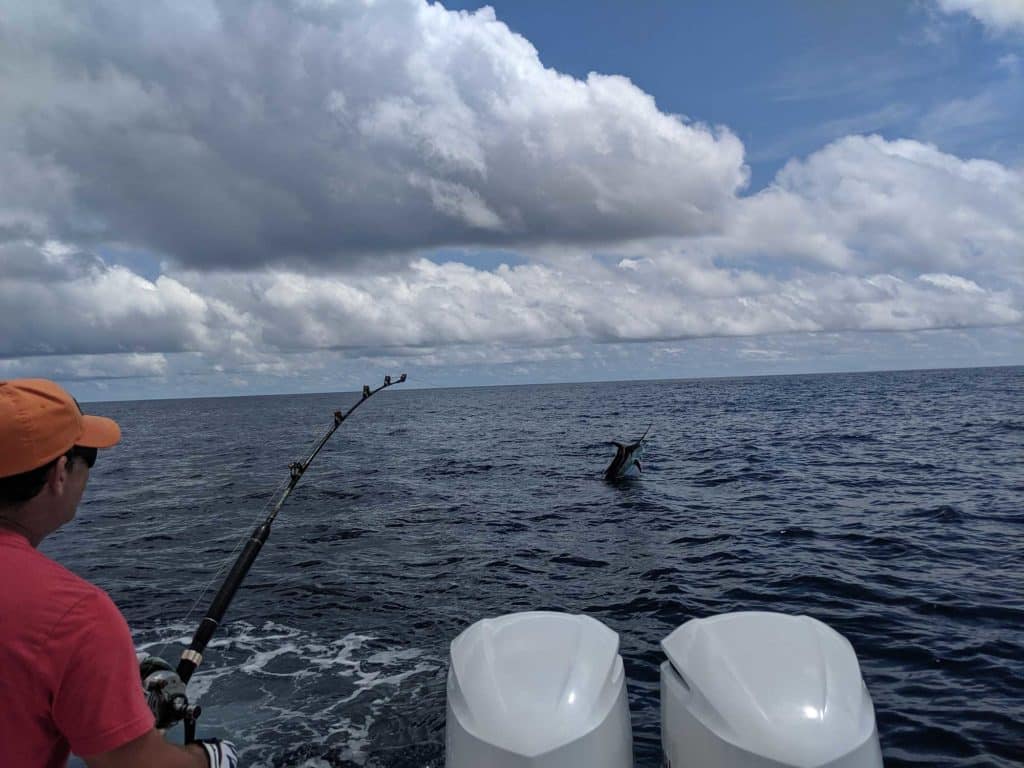
Zancudo Lodge, one of Costa Rica’s premier sport-fishing adventure resorts, graciously opened their doors to the researchers during the resort’s off-season, giving them access to fast and well-equipped Contender 32STs. These made it possible for them to reach their target fish, blue marlin, further offshore from the southern Costa Rican coast. The team included, Dr. Larry Crowder, Dr. Danielle Haulsee and Stanford PhD student Hannah Blondin. Dr. Haulsee and Ms. Blondin make up the core of the billfish tagging team and have deployed satellite tags on 22 blue marlin and 14 sailfish between January 2019 and this past summer.
Read Next: How to Fish Costa Rica with Jigs and Poppers
Thanks to the expertise and fishing skills of the captains and Zancudo lodge owner Gregg Mufson, the team deployed six additional satellite tags on blue marlin this trip, bringing their total of tagged blues up to 28. These tags are programmed to stay on the fish for six months to a year and collect data that allow the researchers to estimate the fish’s movements during that time. In addition to six healthy blue marlin releases, the team also landed a sailfish and a striped marlin, marking the Stanford team’s first-ever billfish Grand Slam! It will take a couple years for all of the tag data to be collected, but in time the researchers are hoping that the information collected will be helpful for better understanding the basic behavior of these fish and potential stressors to their populations.

